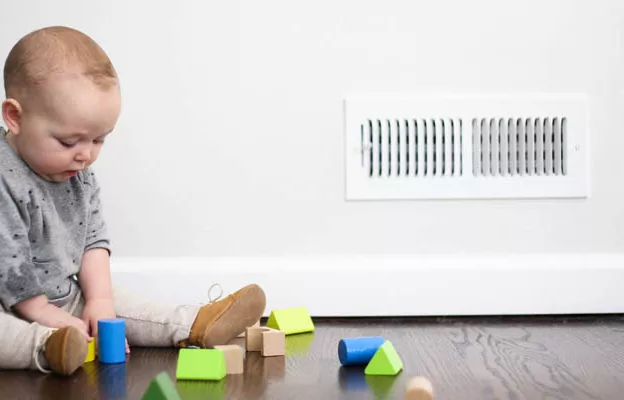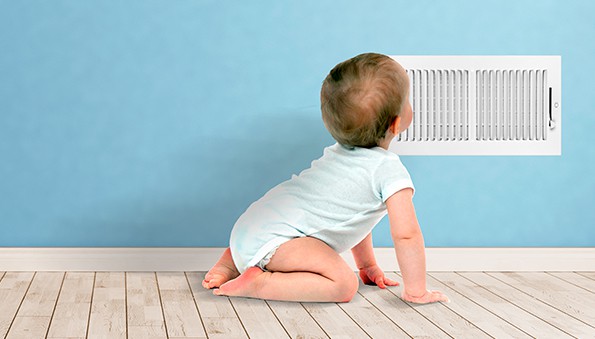
Troubleshooting Guide: One Room Not Cooling? Here’s What You Can Do
Summary:
Are you frustrated because one room in your home just won’t cool down while the rest of the house remains comfortable? Don’t worry, we’ve got you covered! In this comprehensive guide, we’ll explore the possible causes behind a room not getting cold and provide you with effective solutions to restore the balance and comfort you desire. From addressing airflow issues to tackling insulation problems, we’ll provide you with practical tips to help you conquer the challenge of a single room that doesn’t cool down.
Introduction:
Welcome to our troubleshooting guide for rooms that won’t cool down. We understand the frustration of dealing with an uncomfortable room while the rest of your home remains pleasant. Let’s dive into the possible causes and effective solutions.
Understanding the Possible Causes:
1. Blocked or Restricted Air Vents:
Sometimes, blocked or partially closed air vents can prevent proper airflow, leading to insufficient cooling in a specific room. Learn how to identify and resolve this issue.
2. Inadequate Insulation:
Poor insulation can lead to temperature imbalances and an inability to transfer cool air effectively. Discover how to assess and improve insulation for better temperature control.
3. Damaged or Leaking Ductwork:
Leaky or damaged ductwork can cause reduced airflow to certain rooms, resulting in poor cooling performance. We’ll show you how to identify and fix these issues.
4. Thermostat Malfunction:
A malfunctioning thermostat can inaccurately measure and control temperature, leading to temperature imbalances in your home. Find out how to troubleshoot and address thermostat-related issues.
Troubleshooting and Solutions:
1. Check and Unblock Air Vents:
2. Learn how to identify and remove any obstructions or blockages from air vents to ensure proper airflow throughout your home.
3. Improve Insulation in the Affected Room:
Discover tips and techniques to enhance the insulation in the room that isn’t cooling down, such as sealing windows and doors and adding insulation to walls and ceilings.
4. Inspect and Fix Damaged Ductwork:
Take a closer look at your ductwork for any signs of damage or leakage, and learn how to repair or seal these areas to optimize airflow and cooling efficiency.
5. Verify and Calibrate the Thermostat:
Learn how to check your thermostat settings and calibration to ensure accurate temperature measurement and control.
Additional Tips for Better Temperature Control:
1. Maintain Consistent Airflow Throughout the House:
2. Discover the importance of maintaining proper airflow by keeping interior doors open and regularly cleaning or replacing air filters.
3. Consider Zoning Systems for Precise Climate Control:
Explore the benefits of implementing zoning systems that allow you to regulate temperatures in different areas of your home independently.
4. Seek Professional Assistance:
When all else fails or for more complex issues, don’t hesitate to contact a qualified HVAC technician to provide professional evaluation and recommendations.
Conclusion:
Recap the steps outlined in this guide and emphasize the importance of troubleshooting to identify and resolve the causes behind one room not cooling. Maintain a comfortable living environment by following these tips and seeking professional help when needed.
With this comprehensive guide, you’ll be equipped with the knowledge and solutions to address the problem of a room that doesn’t cool down. Stay cool and comfortable in every corner of your home!


Great article! I found your perspective on this topic both enlightening and thought-provoking. The way you break down complex ideas into understandable insights is truly commendable. It’s interesting to see how these developments could shape our future. I’m particularly intrigued by your point about potential challenges and would love to dive deeper into that.
For those who are interested in exploring this topic further, I recommend checking out this resource for more detailed information: comprehensive guide. It offers additional insights that complement what’s discussed here.
Looking forward to hearing others’ thoughts and continuing this discussion. Thanks for sharing such valuable information!